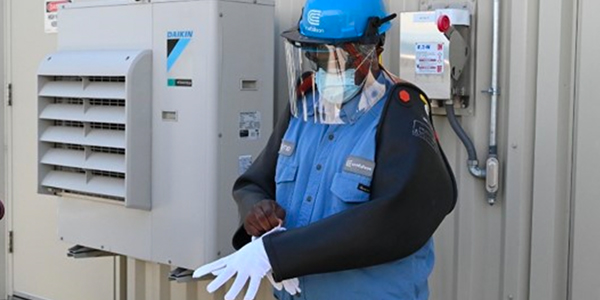Consolidated Edison on Thursday reported net income of $1.1 billion ($3.29/share) for 2020, down about 18% from the previous year because of lower commercial and industrial demand during the COVID-19 pandemic and costs associated with Tropical Storm Isaias last August.
The company’s net income for the fourth quarter was $43 million ($0.13/share), compared with $295 million ($0.89/share) for the same period in 2019.
“I want to thank our essential frontline employees for their dedication and sacrifice throughout the pandemic. Their exceptional work in providing safe and reliable energy to New Yorkers has made a critical difference throughout this most difficult year,” CEO Timothy P. Cawley said in a statement.
Last March, Con Ed began suspending utility service disconnections, certain collection notices, final bill collection agency activity, new late payment charges and certain other fees for all customers. The company estimates foregone revenues at approximately $61 million and $3 million for Consolidated Edison Company of New York (CECONY) — its utility subsidiary serving New York City and Westchester County — and Orange and Rockland Utilities (O&R), respectively.
The company estimates the financial impact from COVID-19 for the full year to be $102 million. CECONY’s C&I demand was down 15% for the year, with revenue for the sector down 13%; O&R’s were down 9% and 8%, respectively.
The New York Public Service Commission in January approved further investigation into the Isaias preparation and response by Central Hudson Gas & Electric, CECONY, O&R and PSEG Long Island. PSEG is not under PSC jurisdiction, but the other three utilities “now face maximum potential penalties of up to $137.3 million, with Con Edison and O&R also facing potential license revocation depending upon a finding of repeat violations,” the commission said. (See “NYSEG Dinged for Isaias; Other IOU Cases Pending,” NY PSC OKs Utility Storage Deployment, Cost Recovery.)
New York Gov. Andrew Cuomo on Friday announced that he is advancing legislation to eliminate caps on penalties to ensure they align with actual damages caused by specific violations and to establish a clear process for revocation of a utility’s operating certificate upon recurring failures.



